Major Arcana in Tarot
The Major Arcana is the backbone of a tarot deck. This set of twenty-two cards represents the key stages, archetypes, and lessons in the human journey. They appear in readings when major themes are at play, offering insight into identity, transformation, and the bigger picture beyond daily events.
What are the Major Arcana?
The Major Arcana is a sequence of twenty-two cards numbered from zero to twenty-one. Each card represents a universal archetype and marks a key stage in the journey of life. They reflect the deepest themes and lessons in tarot, from beginnings to completion.
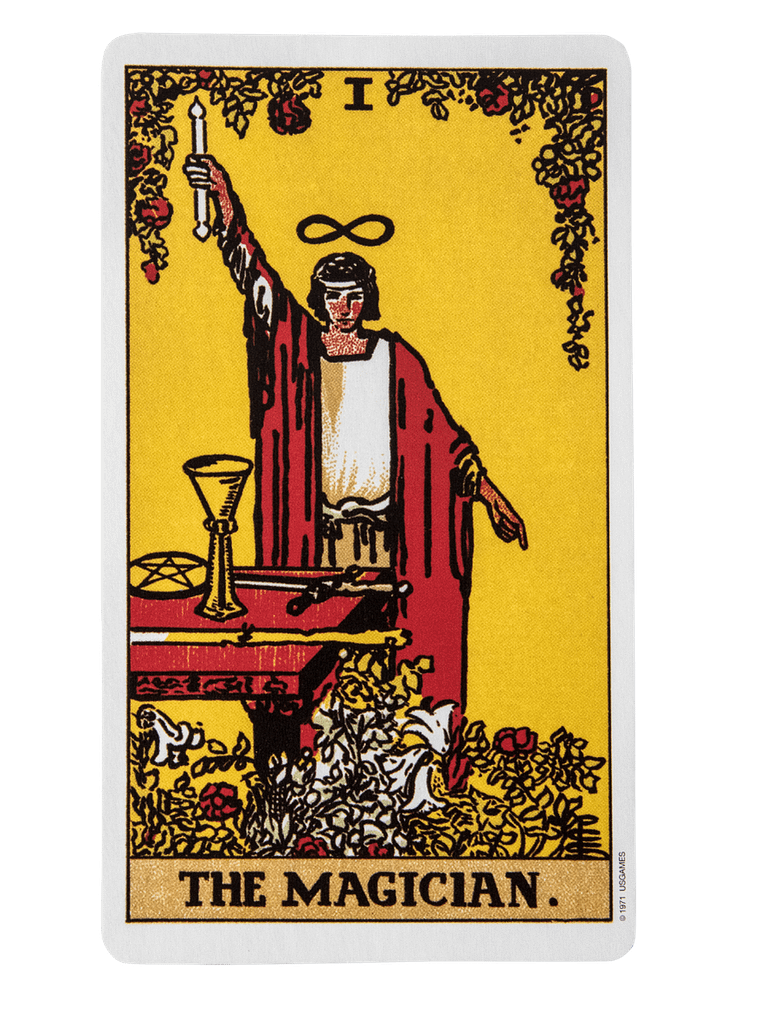
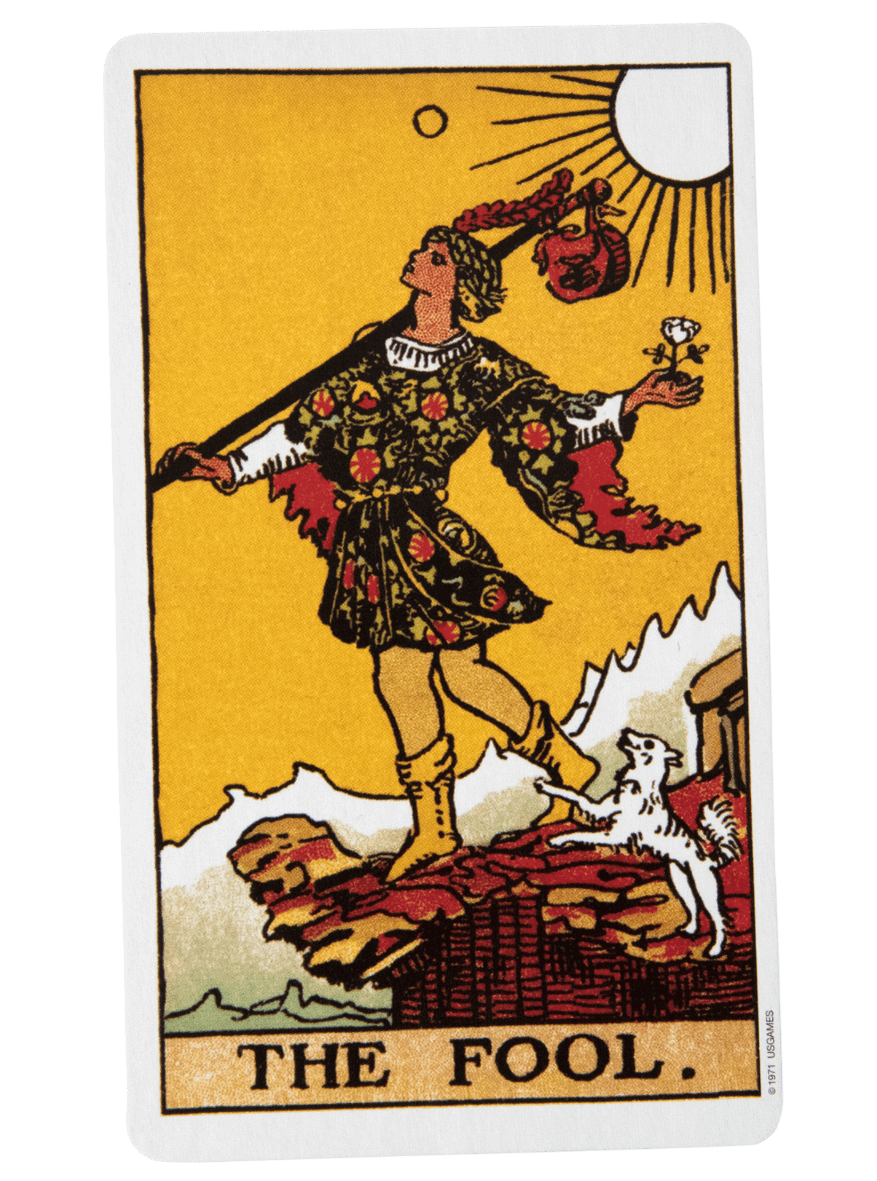
The Fool

The Magician
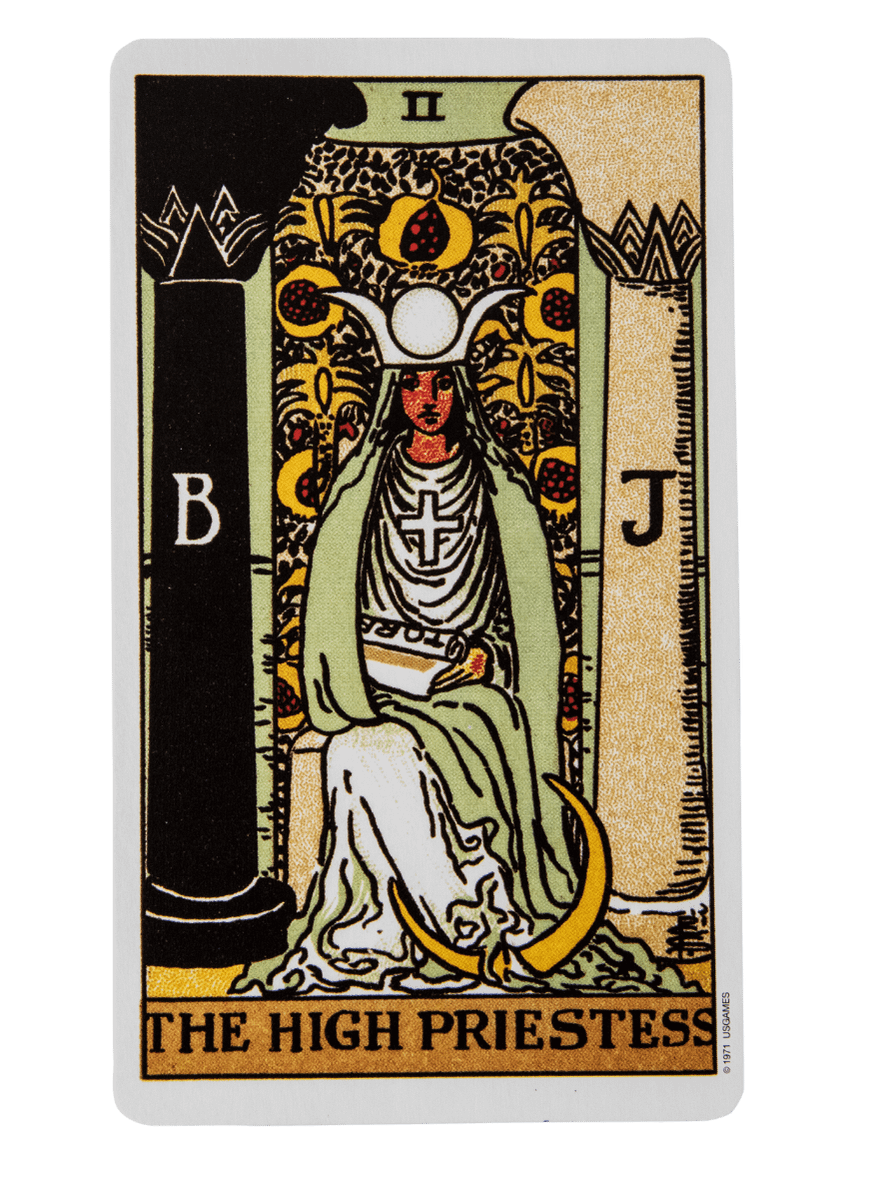
The High Priestess
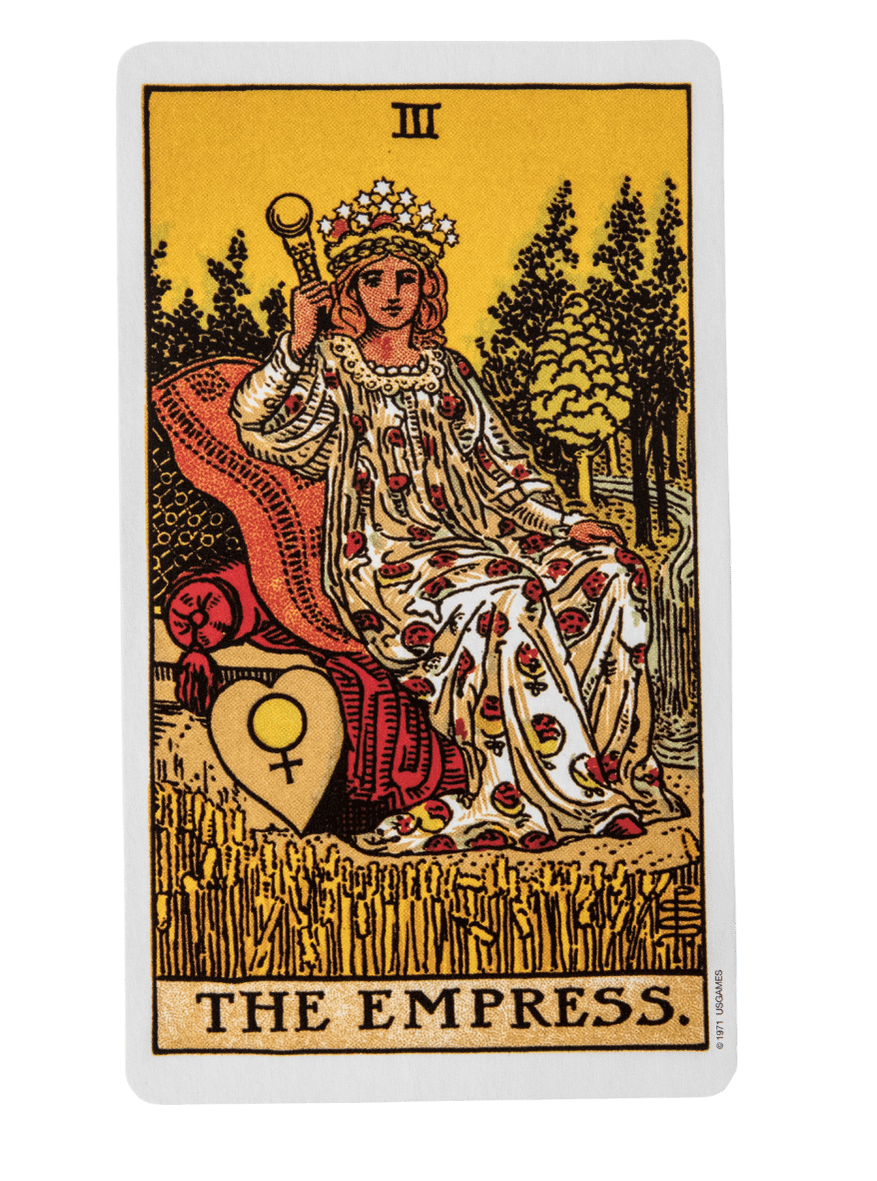
The Empress
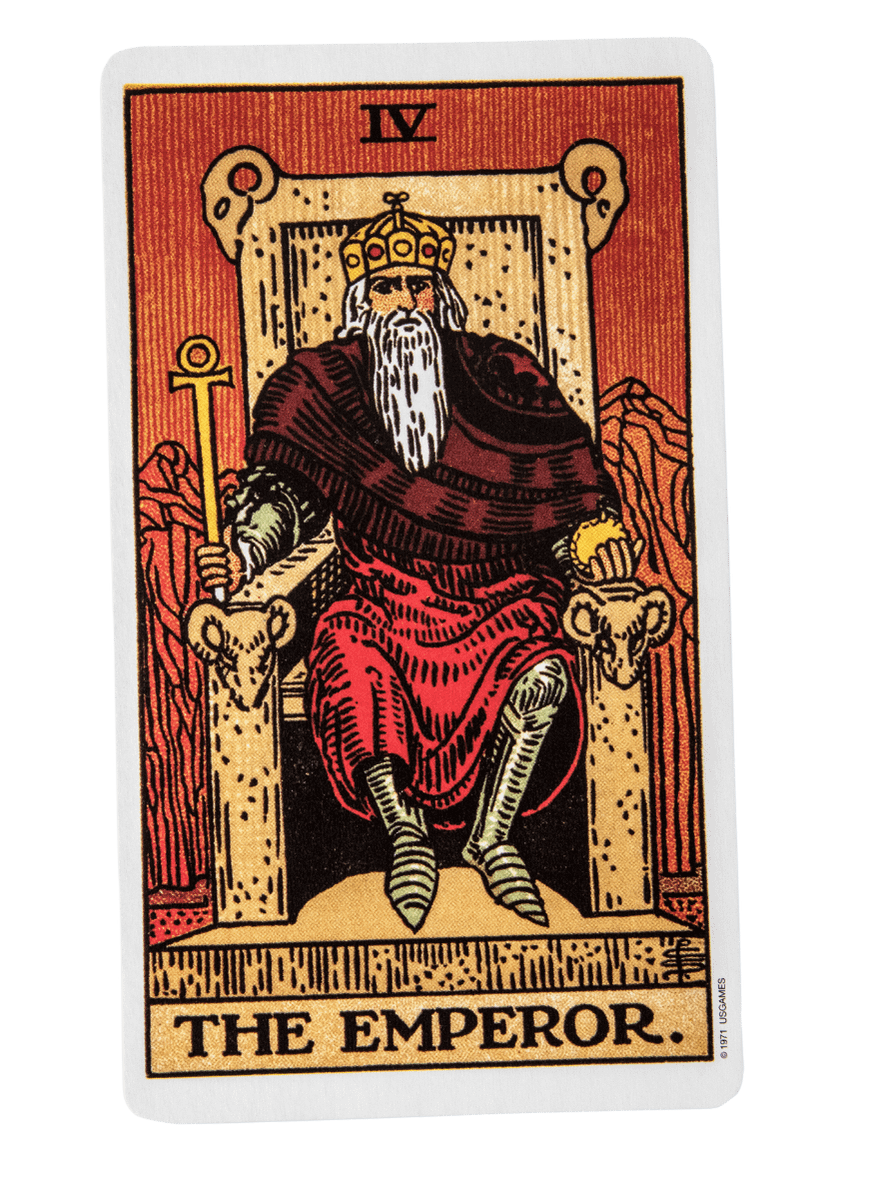
The Emperor
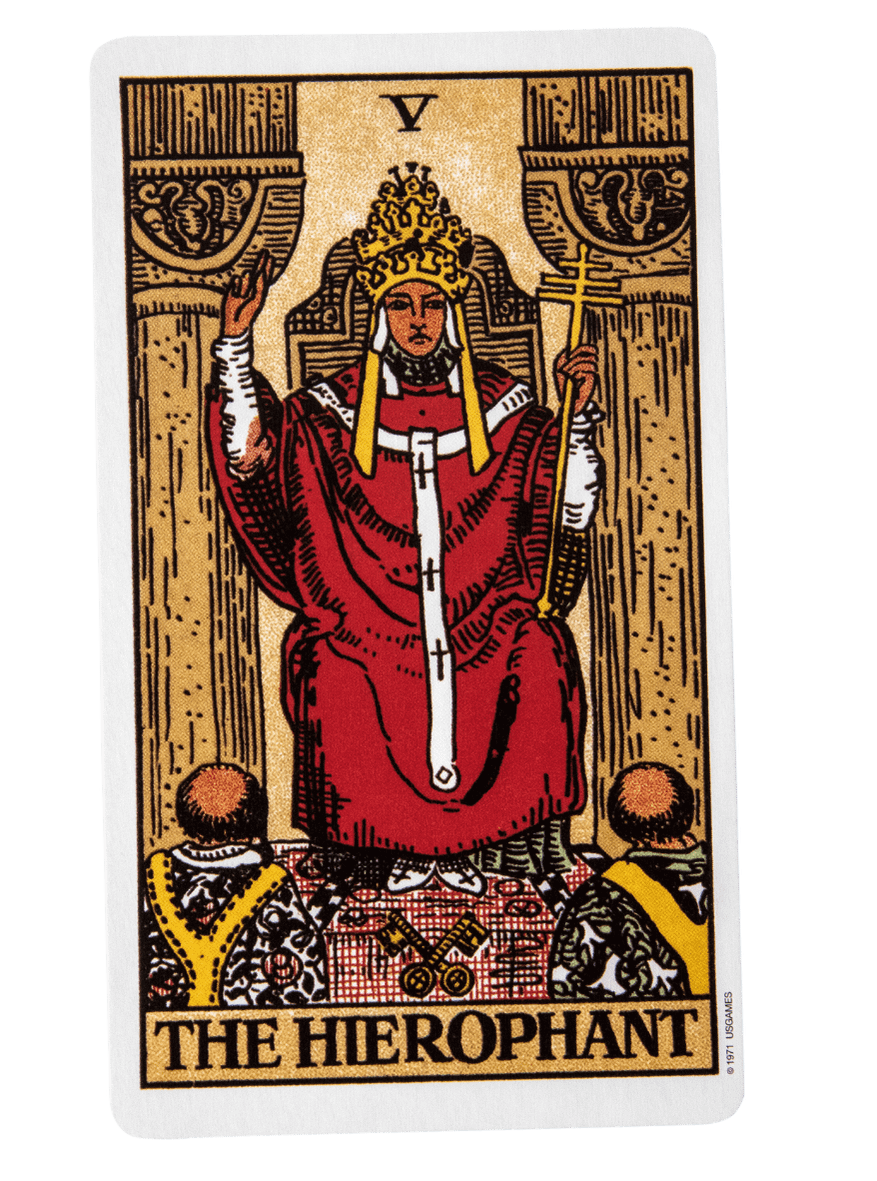
The Hierophant
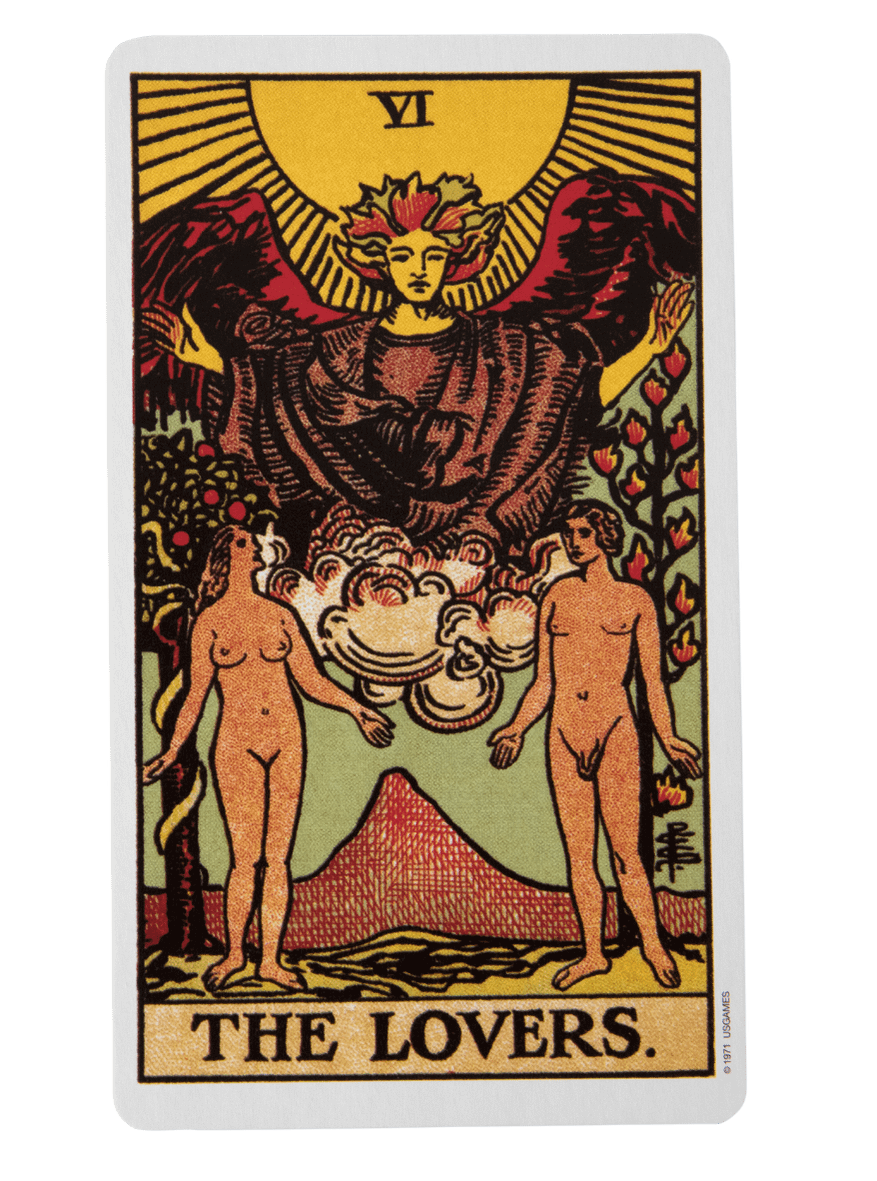
The Lovers
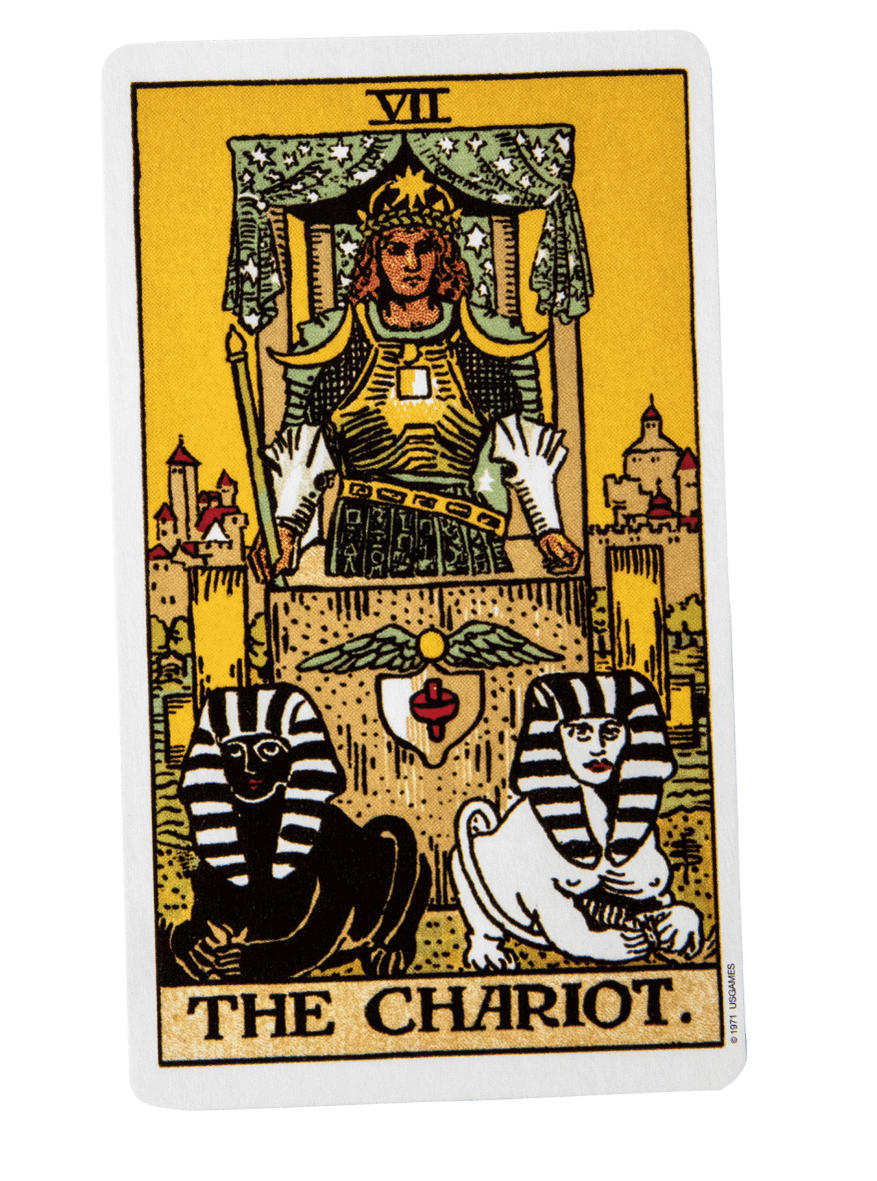
The Chariot
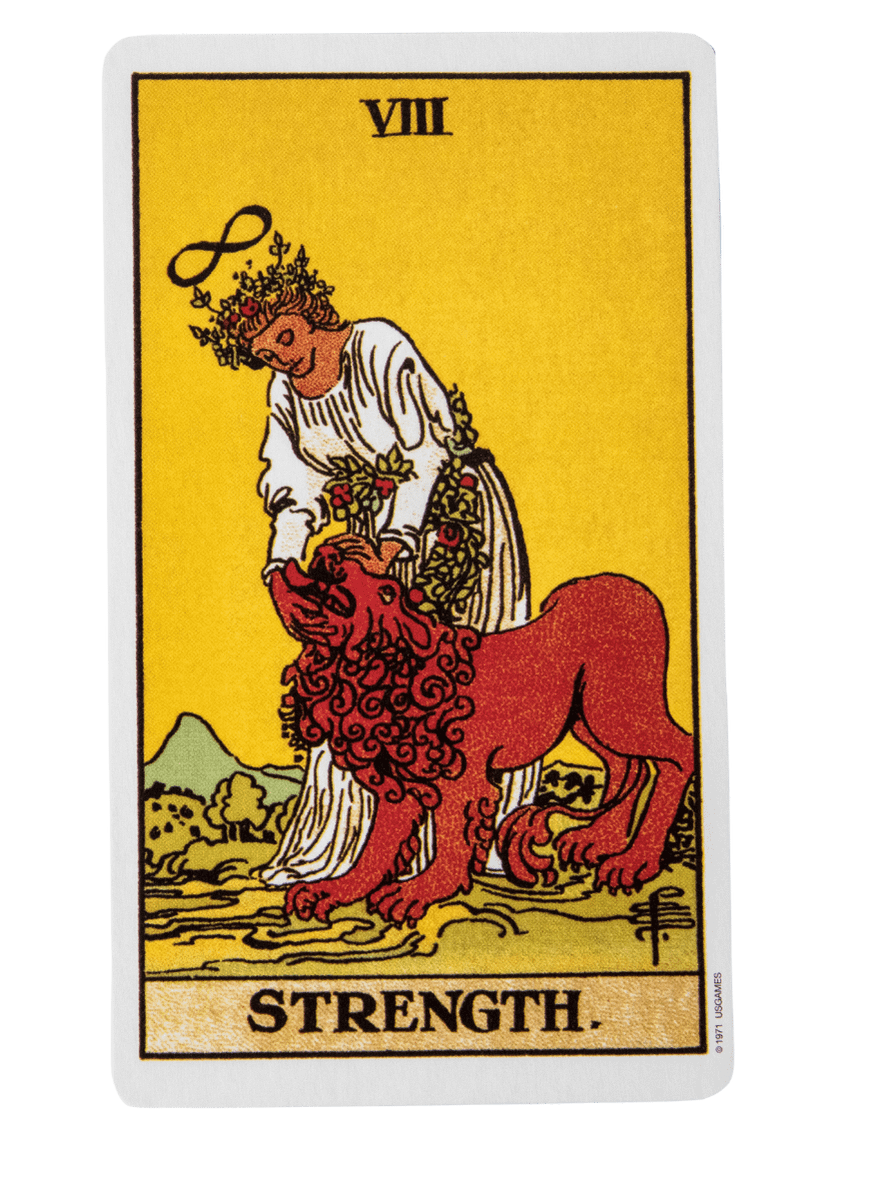
Strength
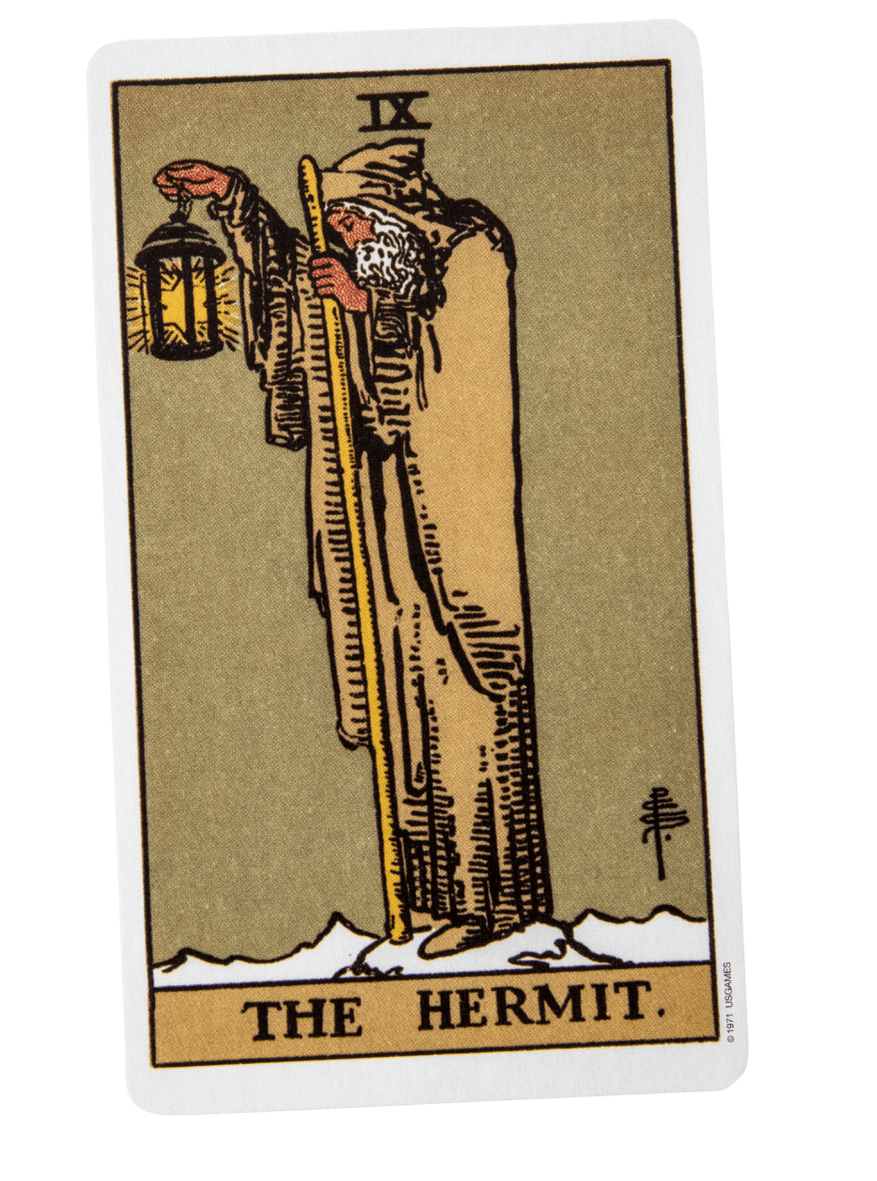
The Hermit
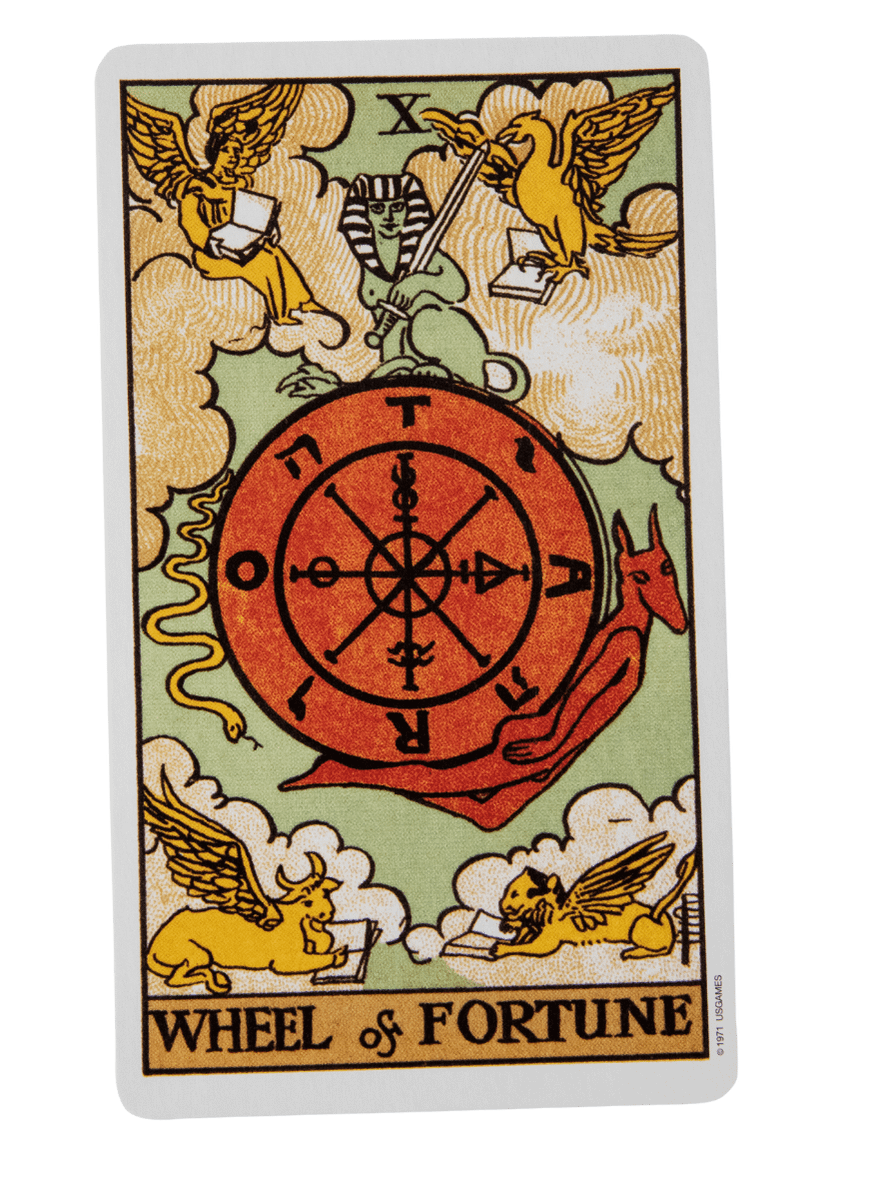
The Wheel of Fortune
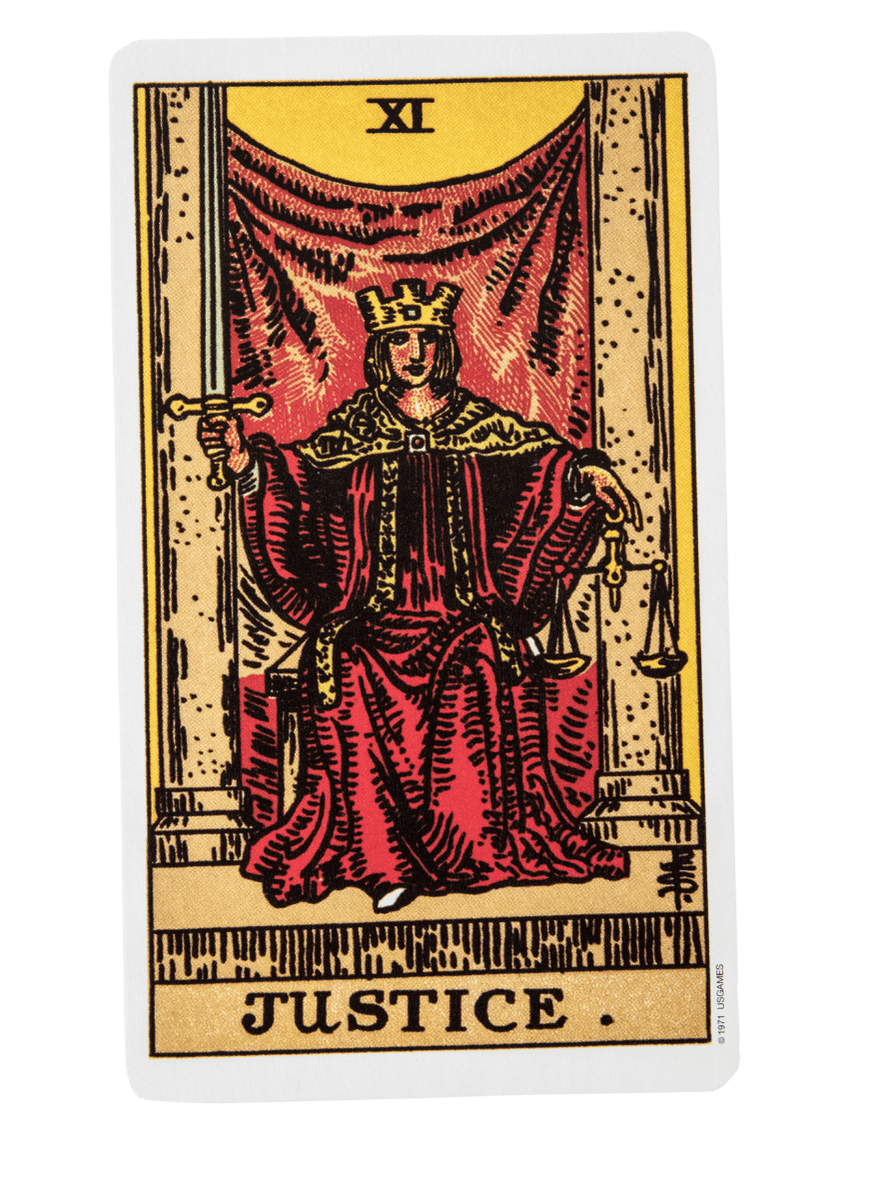
Justice
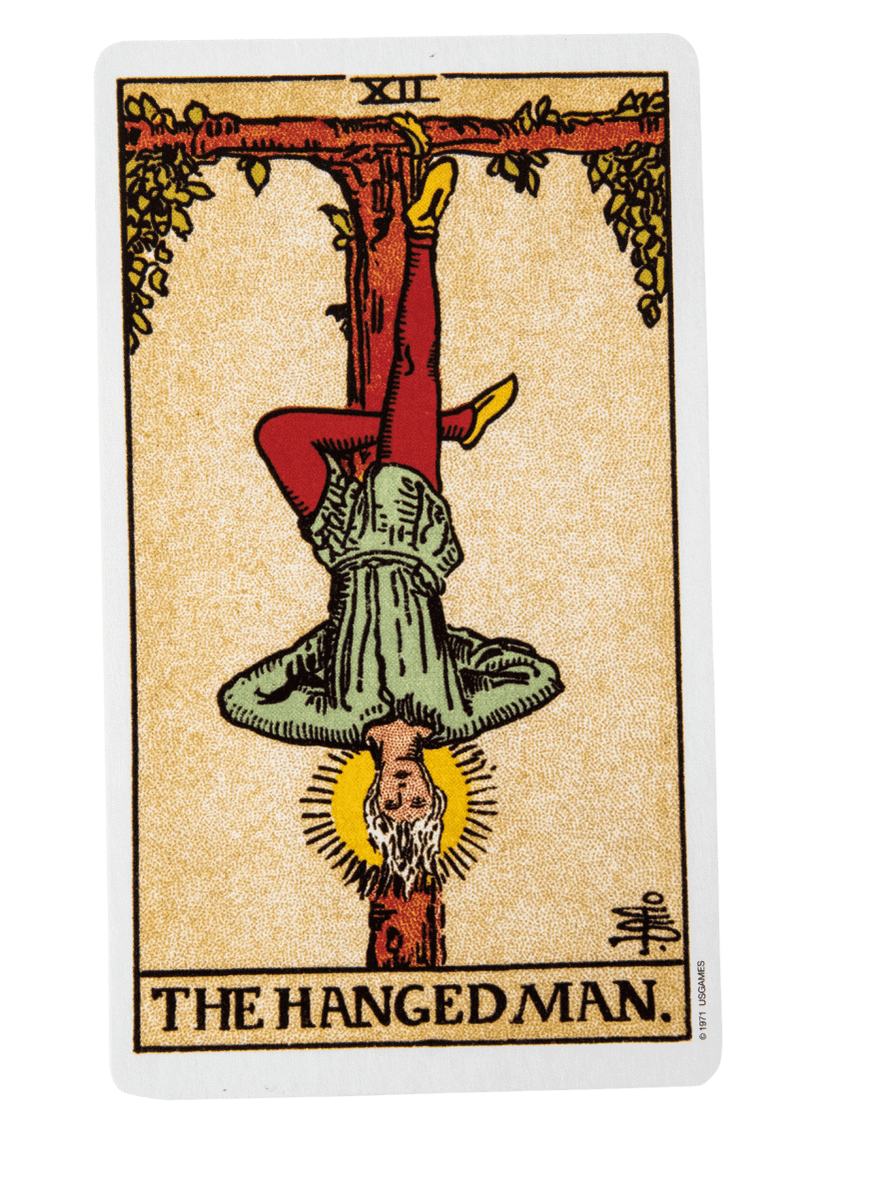
The Hanged One
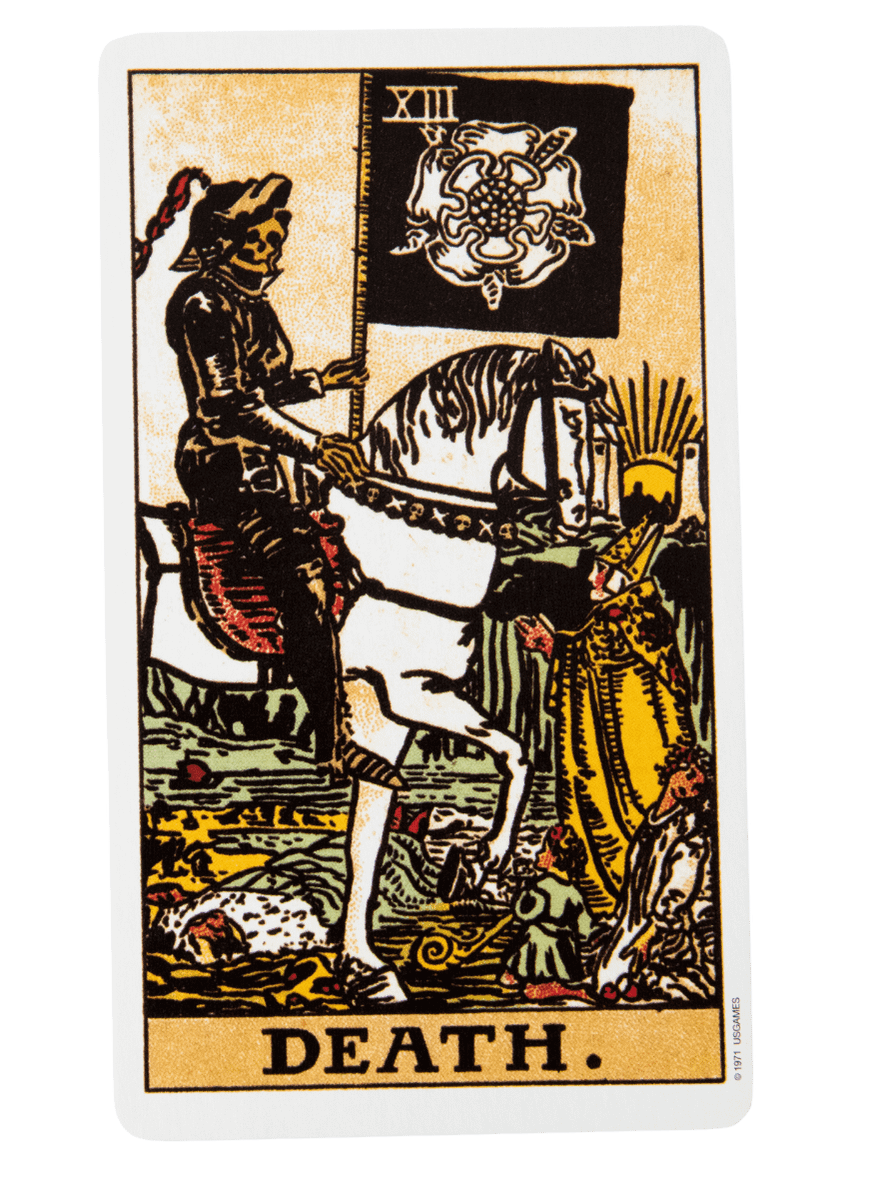
Death
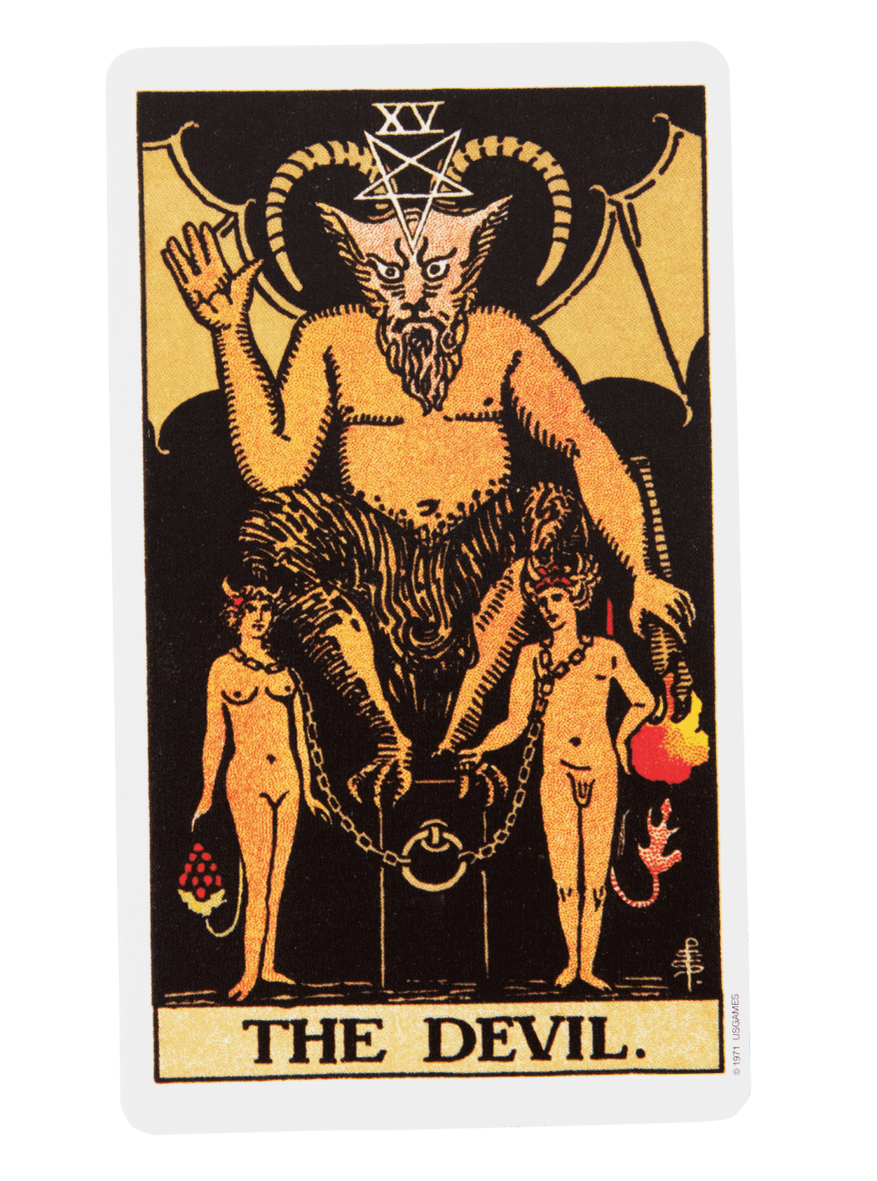
The Devil
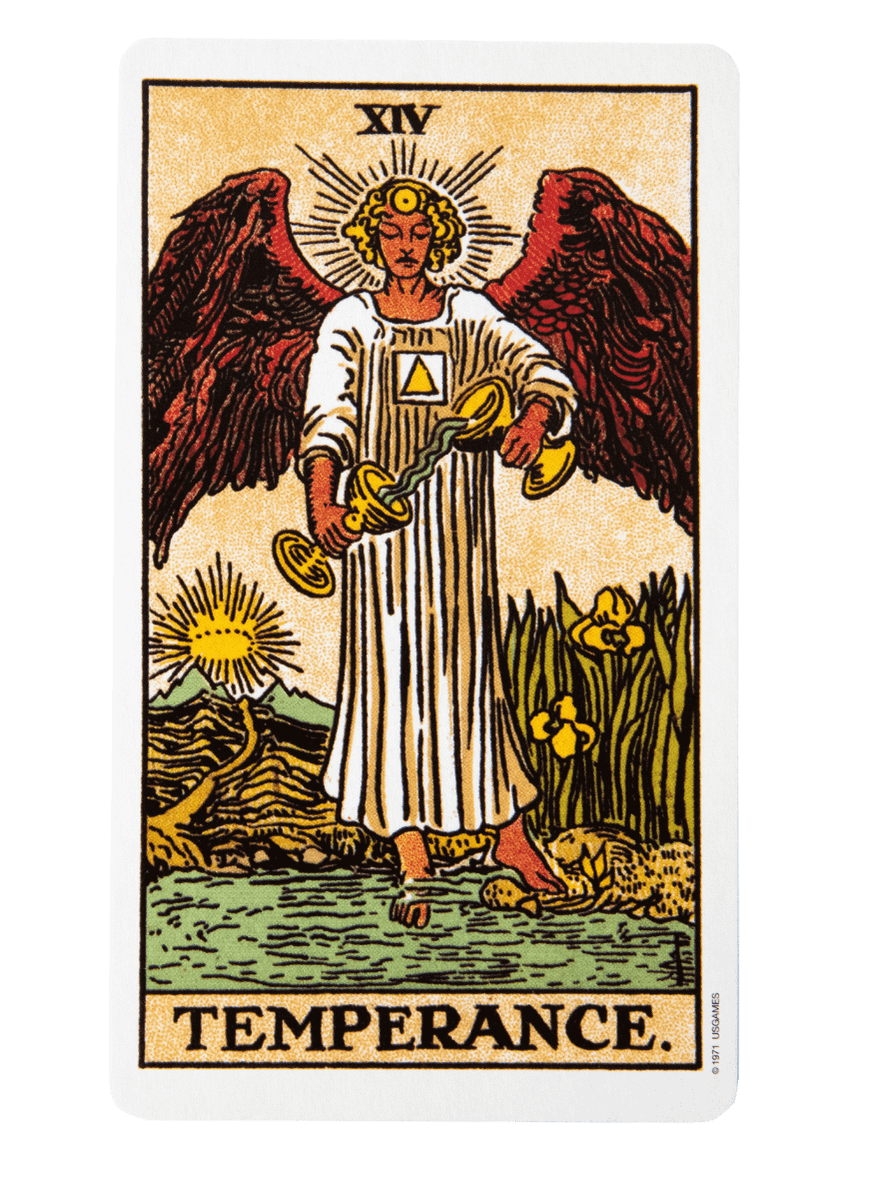
Temperance
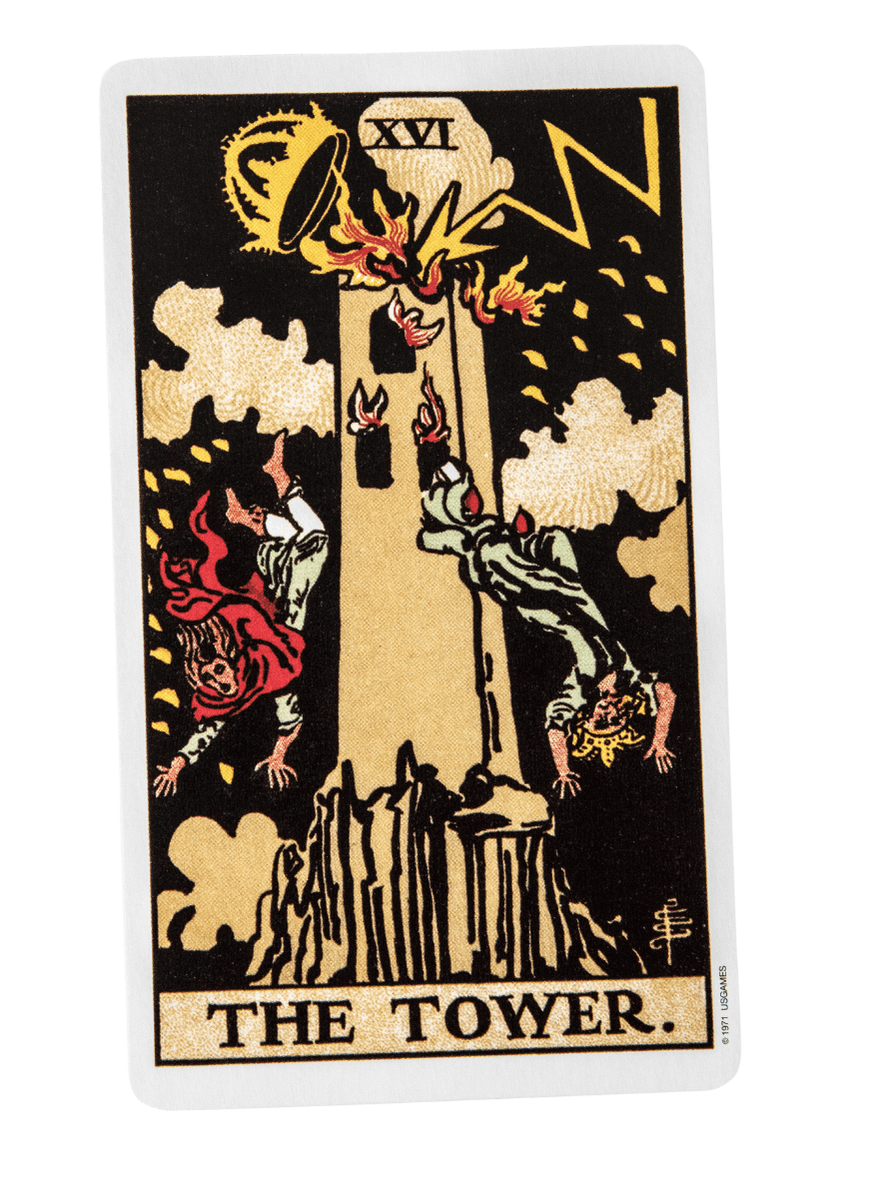
The Tower
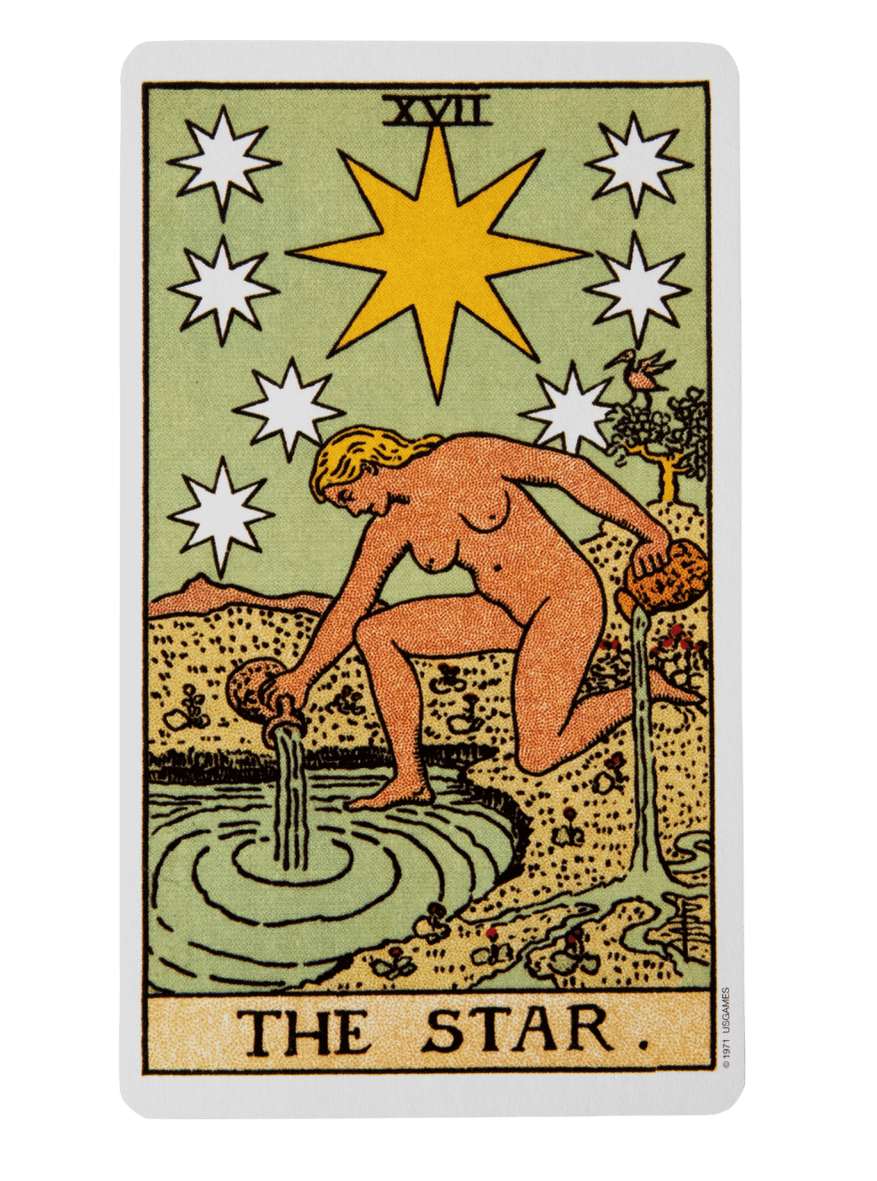
The Star
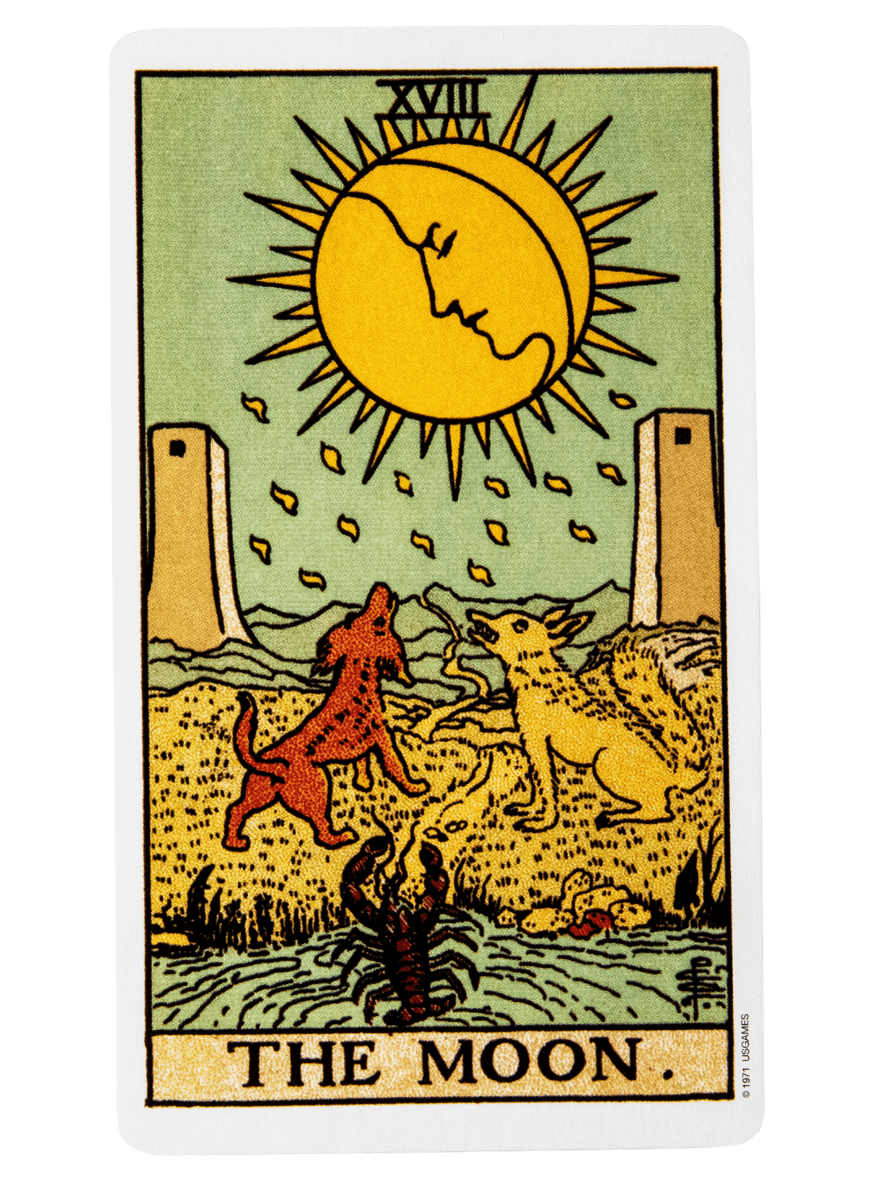
The Moon
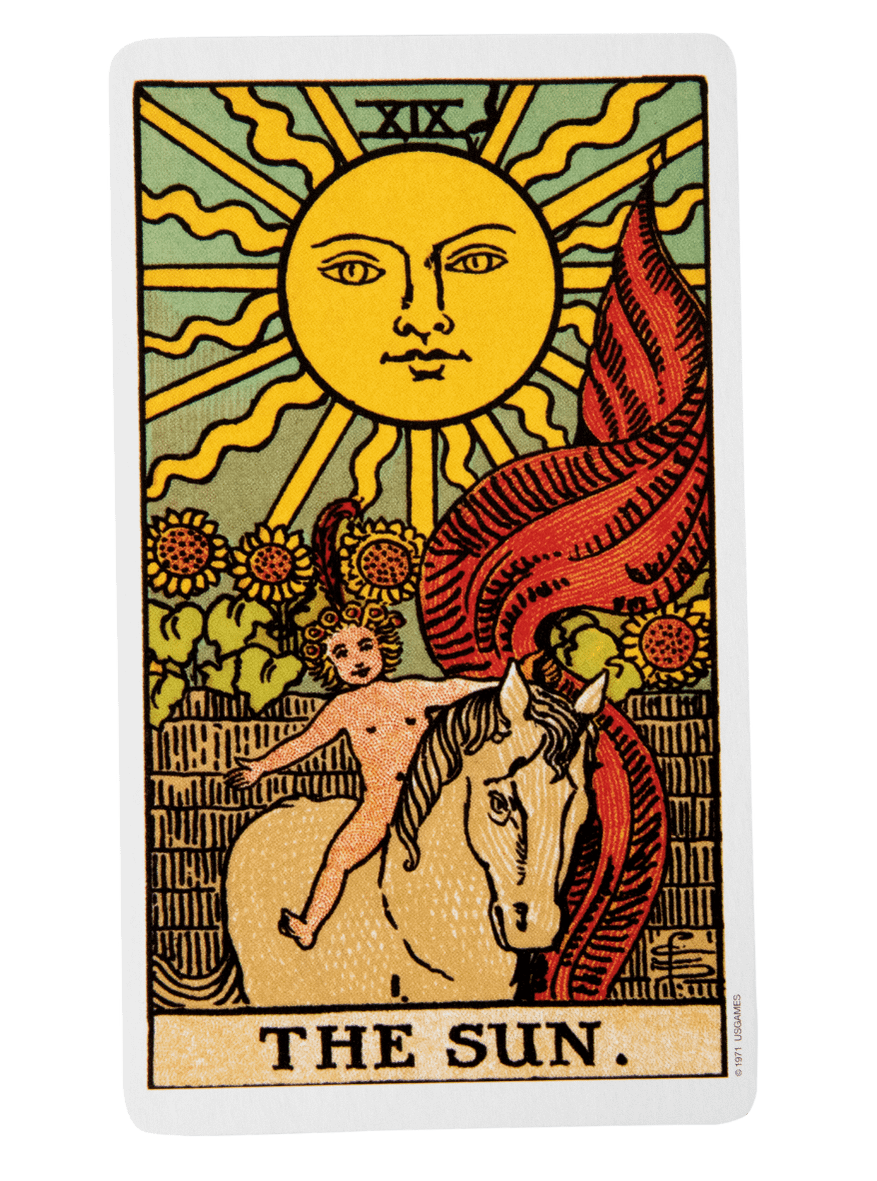
The Sun
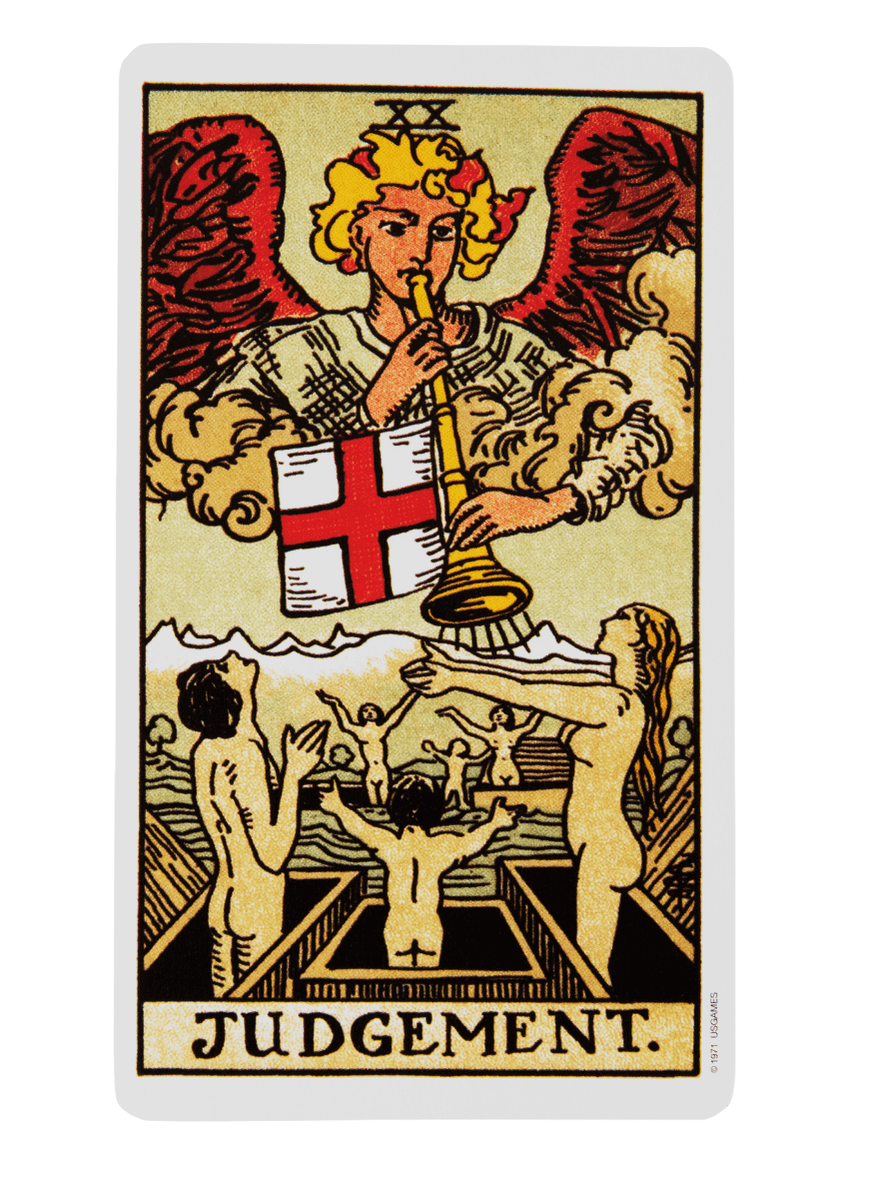
Judgement
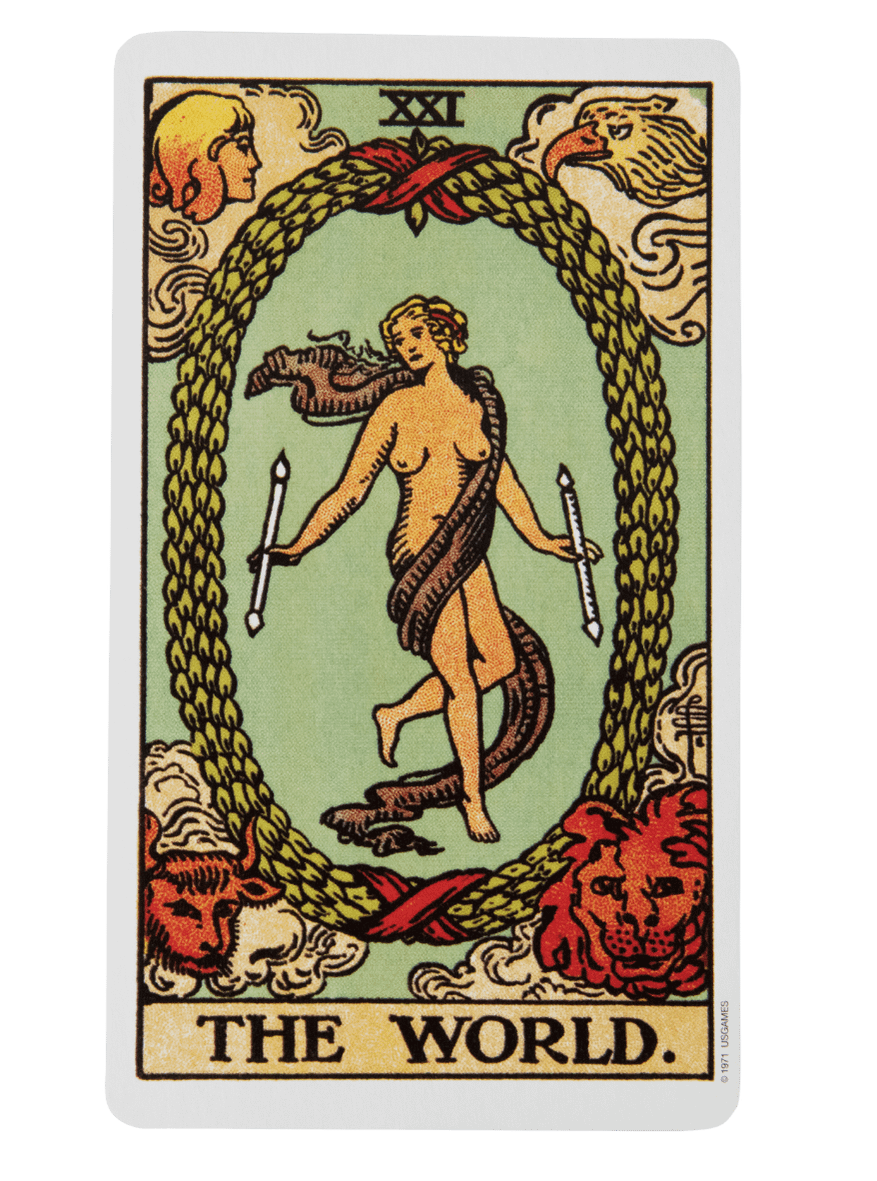
The World
Major Arcana vs Minor Arcana

Scope
The Major Arcana covers the big picture, including identity changes, turning points, and long term patterns. The Minor Arcana focuses on everyday situations, choices, and tasks. Majors speak to the overarching journey, while Minors address the moments that add detail and direction to that journey.
Themes
Major Arcana themes include transformation, growth, and spiritual insight. They explore archetypes and life stages. Minor Arcana themes are rooted in practical matters, personal interactions, and immediate challenges. Together, they balance the symbolic depth of tarot with guidance that supports daily life.
Frequency
Major Arcana cards appear less often in a reading, signalling a pivotal moment or lesson. Minor Arcana cards are more common, shaping the reading with specific details and context. A spread with many Majors suggests a significant chapter, while more Minors highlight ongoing influences.
How to Read the Major Arcana
Major Arcana cards set the tone of a reading. They point to identity, meaning, and the bigger question behind the situation. Notice where a Major appears in the spread and how it relates to nearby Minors. Read the Major as the core lesson. Let the Minors describe timing, details, and next steps.
The Fool’s Journey
The Fool’s Journey reads the twenty-two Majors as a story of growth. It begins with openness and curiosity, moves through challenge and surrender, and ends in integration and wholeness. This map helps you see how the cards relate to each other, not just what each card means in isolation.
Conscious
Realm
These cards focus on self definition, skill building, and early movement. Themes include learning, decision making, and establishing boundaries. Expect questions about direction and agency. The work here is to act on what you know, and to shape your world with intention and care.
Unconscious
Realm
These cards explore depth, shadow, and surrender. Themes include loss, honesty, and transformation that cannot be forced. Expect reflection and recalibration. The work here is to release control where it does not serve you, tell the truth, and let healing unfold at a wise pace.
Superconscious
Realm
These cards bring insight, integration, and a wider perspective. Themes include renewal, clarity, and completion. Expect moments of alignment and relief. The work here is to embody what you have learned, honour your growth, and step into the next chapter with grounded confidence.
When Major Arcana Cards Appear
A single Major highlights the heart of the matter. Several Majors signal a pivotal chapter. Look for repeating ideas across the spread, such as control, honesty, or healing. Read the story in plain language. What is the invitation. What needs to end. What wants to begin. Keep it practical.
Common Myths
Majors are always more important
Majors carry symbolic weight, but they do not erase the Minors. Majors frame the lesson. Minors show how it plays out. If you read both together, you get meaning and method. If you ignore the Minors, you miss clarity, timing, and the everyday steps that move things forward.
Majors predict fixed outcomes
Majors describe patterns, values, and turning points. They do not lock in fate. Treat them as a mirror for what is present and possible. Ask what the card invites, what it challenges, and what it clarifies. Then choose actions that align with your priorities and capacity.
Tower and Death mean disaster
These cards name change that is already in motion. Tower clears what is unstable. Death marks the end of a chapter and the start of renewal. Read them with care and honesty. Identify what is falling away. Name what is being protected. Make space for what is next.
The Devil means evil
The Devil highlights loops of shame, fear, or fixation. It asks where agency can be reclaimed and where honesty will set you free. Identify the hook, name the payoff, and choose a smaller honest action that breaks the pattern. Freedom grows from simple repeatable choices.
Study Tips
Pull one Major for seven days. Each day, write one sentence on what it asks you to practice. Keep the language simple and real. By the end of the week you will have a clear, personal take that sticks, not a memorised phrase that fades when life gets messy.
Group three Majors that feel linked. Write a short line that connects them in sequence. Example, Chariot to Strength to Hermit reads as action, integration, reflection. This shows how the Majors speak to each other and helps you read clusters with calm and clarity.
Create a one page map of the Fool’s Journey. Add three bullet points under each realm. Keep it visible when you read. This keeps you grounded in the bigger arc while you interpret the Minors. You will spot patterns faster and land clearer next steps for real life.
Frequently Asked Questions
How do I memorise all the Major Arcana cards?
Focus on learning them in groups by theme rather than in strict order. Connect each card to real-life examples and keep a simple journal of daily pulls. This makes the meaning stick naturally without feeling like rote memorisation.
Do I need to read the Major Arcana differently from the Minors?
Read them within the same spread structure, but treat Majors as the bigger narrative beats. Let them set the tone, and use the Minors to explore the details, context, and timing that make the story practical and grounded.
Can I do a reading using only the Major Arcana?
Yes, some readers use a Majors-only deck for big picture insights. This can be useful for life path readings or major transitions. Be aware that without Minors you may get less detail about day-to-day influences or specific actions to take.
Are the Major Arcana the same in every tarot deck?
Most decks keep the same twenty two card structure, but names and imagery can change. For example, The Hanged Man might be The Hanged One, and Strength and Justice sometimes swap numbers. Always read in the context of your chosen deck.
<strong>Advanced Custom Field</strong>
Answer









